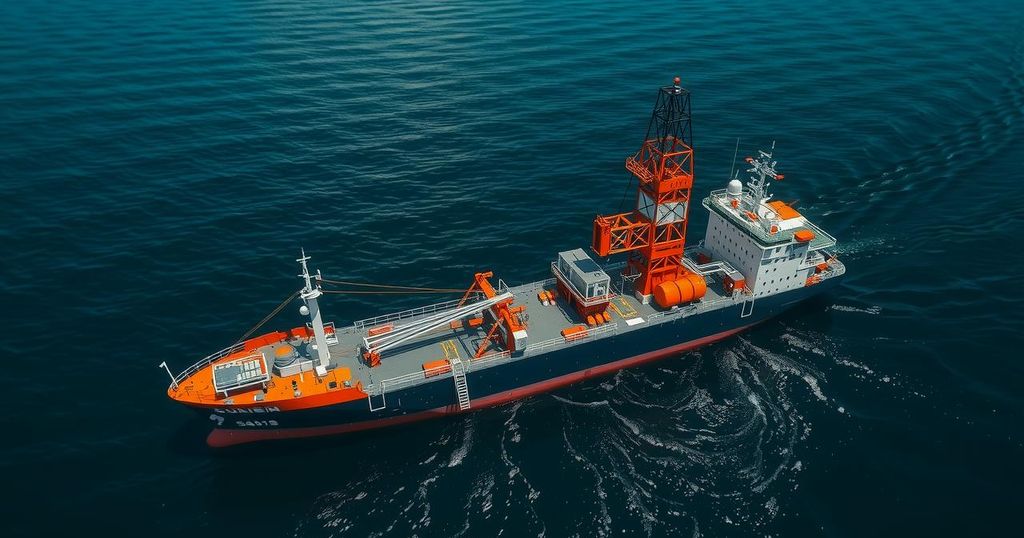A Durham scientist is involved in the JTRACK project, investigating the 2011 Tohoku earthquake by drilling off the coast of Japan. This effort aims to collect geological samples to understand the unprecedented fault movement and improve earthquake prediction efforts. The team is comprised of international experts working together to address significant gaps in existing tectonic models.
A scientist from Durham University is currently participating in an international research initiative to investigate the 2011 Tohoku earthquake. This seismic event, one of the most powerful in recent history, resulted in a catastrophic tsunami that devastated Japan, leading to significant loss of life and extensive damage to infrastructure, including the Fukushima Daiichi nuclear power plant. The research team is aboard the Chikyu drilling vessel, working to extract valuable geological data from the seabed off the northeast coast of Japan.
The research expedition, known as the Tracking Tsunamigenic Slip Across the Japan Trench (JTRACK) project, focuses on drilling through a fault line associated with the earthquake. The team has already surpassed the halfway point of their four-month mission, successfully drilling through both the overriding continental plate and into the subducting Pacific plate. They are gathering deep-sea sediment samples and have set up an observatory to monitor geological properties more effectively.
This endeavor follows earlier studies, such as the Japan Trench Fast Drilling Project (JFAST) conducted in 2013, which aimed to understand the underlying causes of the earthquake. The JTRACK team, with experts from Japan, the United States, and Europe, endeavors to uncover the factors that distinguished the Tohoku earthquake from previous seismic events, particularly the unprecedented displacement that occurred.
Prior to this event, the scientific community held the belief that shallow sections of fault lines in subduction zones did not experience significant slip. However, the Tohoku earthquake demonstrated a profound rupture that reached the sea floor, necessitating a reevaluation of existing theories regarding tectonic processes. By examining the fault that slipped during the event, the JTRACK team seeks to shed light on these unexpected geological dynamics.
Earthquakes resulting from subduction zones, where one tectonic plate moves beneath another, have long been acknowledged as some of the most powerful seismic events globally. However, the 2011 Tohoku earthquake defied prior understanding by exhibiting significant slip in a shallow portion of the fault that had not been previously observed. This event highlighted knowledge gaps concerning fault behavior and the triggers of large-scale seismic activity, prompting further investigation into the geology of these regions. The JTRACK project represents a critical continuation of research aimed at unraveling the complexities associated with such megathrust earthquakes. By drilling into the Japan Trench, scientists aim to collect crucial data that may enhance predictive models for future seismic activities, contributing to improved preparedness and risk mitigation.
In summary, the research mission spearheaded by the Durham scientist and the international team aboard the Chikyu vessel represents a significant effort to understand the dynamics behind the 2011 Tohoku earthquake. By investigating the fault line and collecting sediment samples, the team aims to clarify the mechanisms that led to this unusual seismic event. The findings from the JTRACK project will not only advance scientific understanding but also potentially aid in forecasting future earthquakes in subduction zones, enhancing overall public safety.
Original Source: www.durham.ac.uk






